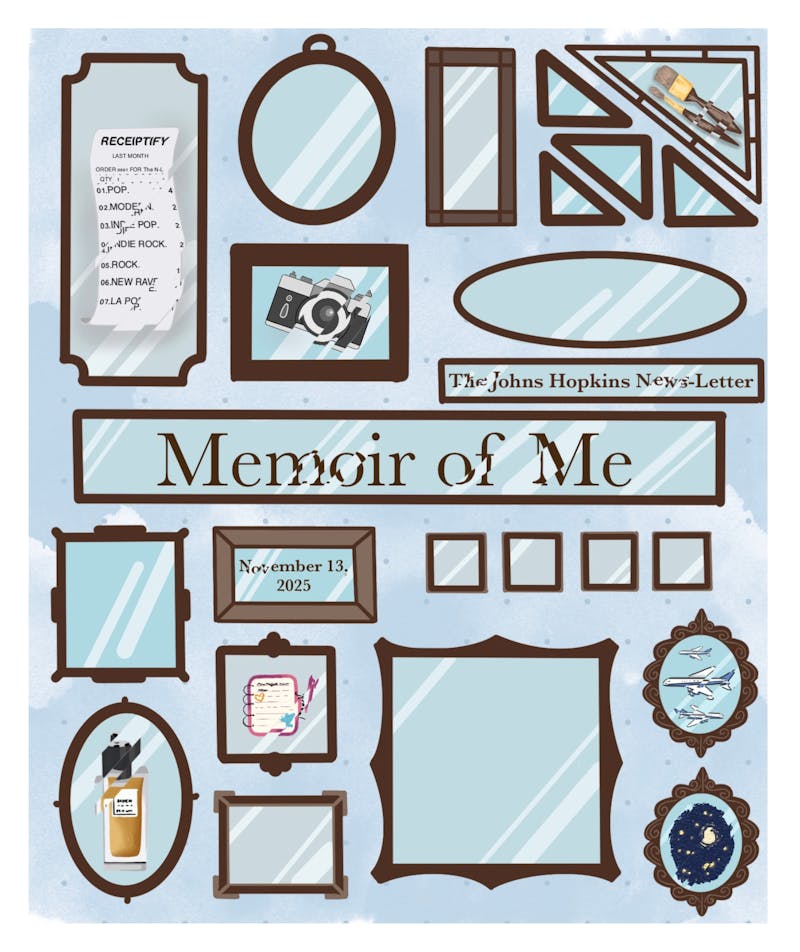JohnCon unites gaming, fiction enthusiasts
By TONY WU | April 16, 2015This past weekend marked the 19th annual JohnCon, a 48-hour convention held every year on the Homewood Campus that caters to gamers and board game enthusiasts. This year’s convention was packed with Pokémon tournaments, diverse panelists and gaming of all sorts. “[The convention] serves as a place for Hopkins students and people in the community to hang out... sharing their interest for games and fiction,” junior Emily Forster, vice president of JohnCon, said. The convention was hosted by the University’s Science Fiction and Fantasy Association, Anime Club and Pen & Paper Gaming Club. JohnCon is marketed as a fun and convenient way for Hopkins students to relax and learn about the world of fiction. In addition to gaming, it offers a place for vendors to sell their figurines and game cards. The convention is free, but donations are encouraged to support future JohnCons. The first event of the convention, laser tag, took place outside the Glass Pavilion. Because the turnout was small, three-man teams participated in each round. Though some competitors seemed shy at first, they loosened up after running around in the sun and barrel-rolling in the grass, trying to stay alive for as long as possible. Besides the laser tag games, which occurred on each day of the convention, there were various panels that took place in either the Sherwood Room of Levering Hall or the Arellano Theater. Topics ranged from fan fiction tips to comedy shows by +2 Comedy. +2 Comedy is a group of stand-up comedians well-versed in the world of fiction. Mentions of Star Wars and Lord of the Rings abounded, and even though some of the audience may not have been familiar with references to other franchises such as Dungeons and Dragons, the relaxed and inclusive atmosphere encouraged everyone to participate in the act. Some jokes were painfully awkward, with chuckles from the audience breaking the silence, while others, mostly about movies, were more well-received. A major portion of the show targeted the Hobbit films, with the comedians and celebrity guest Dan Barnett, also known as Epic Dan, taking turns cracking jokes at the long, disappointing series. As the show approached its end, +2 Comedy sprung a surprise, offering a chance for an audience member to receive a DVD and syphilis (or rather, a plush doll of the bacteria). To get a chance at the prize, participating audience members had to risk something of their own. The comedians accepted offers as diverse as lint from a wallet to a $20 bill, but they ended up selecting the person who offered up a plaid jacket. After a brutal ten-minute quiz, during which he had to guess movie titles from their Netflix descriptions, the plaid-jacket owner took home a recording of +2 Comedy shows and the plush doll. Compared to Sherwood and the Arellano Theater, the atmosphere of the Glass Pavilion was charged with intense card and video game competition. Throughout the weekend, the room hosted tournaments for Magic the Gathering, Pokémon, Super Smash Bros, and more. While some participants were very competitive, others joined in just to have fun with their friends. The tabletop game, Warhammer 40k, was one of the more fierce events and spanned two days. The game relies on dice rolls to determine movement, attacks and saves. Prizes were handed to the winners of the tournaments, driving players to play their hardest and backstab their friends. The last portion of the convention featured a raffle and appearances by guests such as Danny Birt, composer, college instructor and award-winning author of Between a Roc and a Hard Place. Birt read some of his works to the audience and performed music pieces inspired by science fiction. During multimedia hour, Birt also played videogames with the audience, allowing fans to interact with the accomplished writer. For those who wanted more time with guests, JohnCon offered a raffle in which an attendee won the chance to eat dinner with comedians from +2 Comedy as well as other invitees. Junior Jerry Fang commented on JohnCon’s slow start. “[I was] disappointed since there weren’t a lot of people there on the first day of the convention,” Fang said. Forster, vice president of JohnCon, praised the event’s inclusivity. “Students from Hopkins, the community around Hopkins and even people from MICA can hang out and share their interests in gaming and fiction,” she said.


